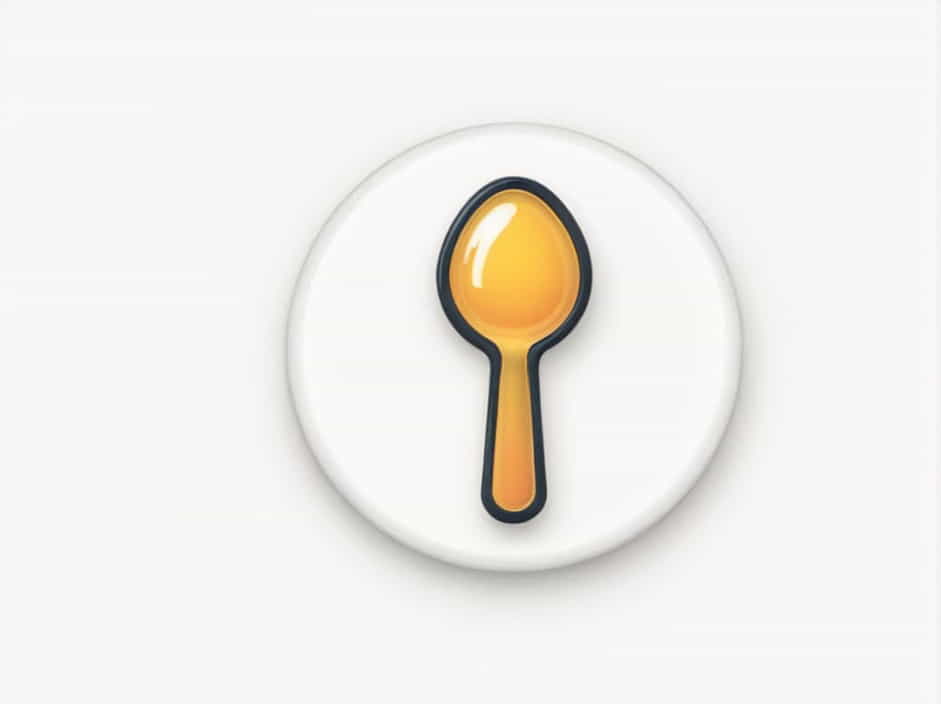Sugar is a common household ingredient used for cooking, baking, and sweetening beverages. But beyond its taste, have you ever considered its physical properties? A spoonful of sugar may seem simple, but it has several unique characteristics that define its appearance, texture, solubility, and behavior in different conditions.
This topic explores the physical properties of sugar, helping you understand how size, shape, color, texture, solubility, and melting point influence its behavior.
What Are Physical Properties?
Before discussing sugar’s physical properties, it’s important to understand what physical properties are. These are characteristics that can be observed without changing the substance’s chemical composition.
Some key physical properties include:
- Color
- Size and shape
- Texture
- Density
- Solubility
- Melting and boiling points
Since these properties do not involve chemical reactions, they can be measured, observed, or tested without altering the sugar’s chemical structure.
Physical Properties of a Spoonful of Sugar
1. Color
A spoonful of sugar is typically white or slightly off-white. Granulated sugar appears bright and shiny because of the way its crystals reflect light. The color remains the same unless mixed with other substances or exposed to extreme heat.
2. Shape and Size
Sugar is made up of tiny crystals with an irregular but slightly cubical shape. The size of these crystals varies depending on the type of sugar:
- Granulated sugar – medium-sized, rough crystals
- Powdered sugar – extremely fine, soft ptopics
- Raw sugar – larger, golden-brown crystals
Despite these variations, the sugar molecules themselves remain the same.
3. Texture and Hardness
A spoonful of sugar has a grainy and slightly rough texture due to its crystalline structure. When touched, granulated sugar feels slightly abrasive, while powdered sugar feels soft and smooth. Sugar is also brittle, meaning it can be easily crushed into smaller ptopics.
4. Density
Density refers to how much mass is contained in a given volume. Sugar has a density of approximately 1.59 g/cm³, meaning it is denser than water. This is why sugar sinks when added to water instead of floating.
5. Solubility in Water
One of the most important physical properties of sugar is solubility-its ability to dissolve in water. Sugar is highly soluble, meaning a spoonful can easily dissolve when stirred into a liquid.
However, solubility depends on several factors:
- Temperature: Hot water dissolves sugar faster than cold water.
- Amount of water: More water allows more sugar to dissolve.
- Stirring: Stirring speeds up the dissolution process by helping distribute the sugar molecules evenly.
6. Melting Point
Sugar has a melting point of around 186°C (367°F). When heated beyond this temperature, sugar turns into a liquid. This property is essential in cooking, especially for making caramel, candy, and syrups.
7. Boiling Point
Unlike water, sugar does not have a true boiling point. Instead, when heated beyond its melting point, sugar undergoes thermal decomposition, where it starts to break down and darken, eventually turning into caramel and then into burnt sugar.
8. Hygroscopic Nature (Absorption of Moisture)
Sugar is hygroscopic, meaning it absorbs moisture from the air. This is why sugar left in a humid environment tends to clump together. Powdered sugar absorbs moisture faster than granulated sugar because of its larger surface area.
9. Conductivity
Sugar does not conduct electricity in its solid form. However, when dissolved in water, it still does not conduct electricity because it does not dissociate into ions like salt does. This makes sugar solutions non-electrolytic and unable to carry an electric current.
10. Taste and Sweetness
Although taste is not a physical property in a strict scientific sense, it is still a defining characteristic of sugar. Sugar has a sweet taste, which comes from its ability to activate the sweet taste receptors on the tongue.
11. Flammability
Sugar is combustible under extreme heat. When exposed to a direct flame, it can burn, turn black (carbonization), and produce a sweet-smelling smoke. This is due to the breakdown of sugar molecules into carbon, hydrogen, and oxygen.
How Do These Properties Affect Sugar’s Everyday Use?
Understanding sugar’s physical properties helps explain why it behaves the way it does in different situations:
- Dissolves quickly in drinks: Sugar’s high solubility makes it an excellent sweetener for hot and cold beverages.
- Used in baking and cooking: Sugar’s ability to caramelize and melt helps create different textures and flavors in desserts.
- Absorbs moisture: Sugar’s hygroscopic nature affects how it is stored-keeping it in a dry container prevents clumping.
- Does not conduct electricity: Unlike salt, sugar does not create an electrolyte solution, making it unsuitable for electrical applications.
A spoonful of sugar may seem simple, but it has many important physical properties that influence its behavior. These include color, texture, solubility, melting point, density, and hygroscopic nature.
These properties make sugar an essential ingredient in food preparation, preservation, and daily use. By understanding the physical characteristics of sugar, we can better appreciate how it interacts with water, heat, and the environment, helping us use it more effectively in cooking and storage.
